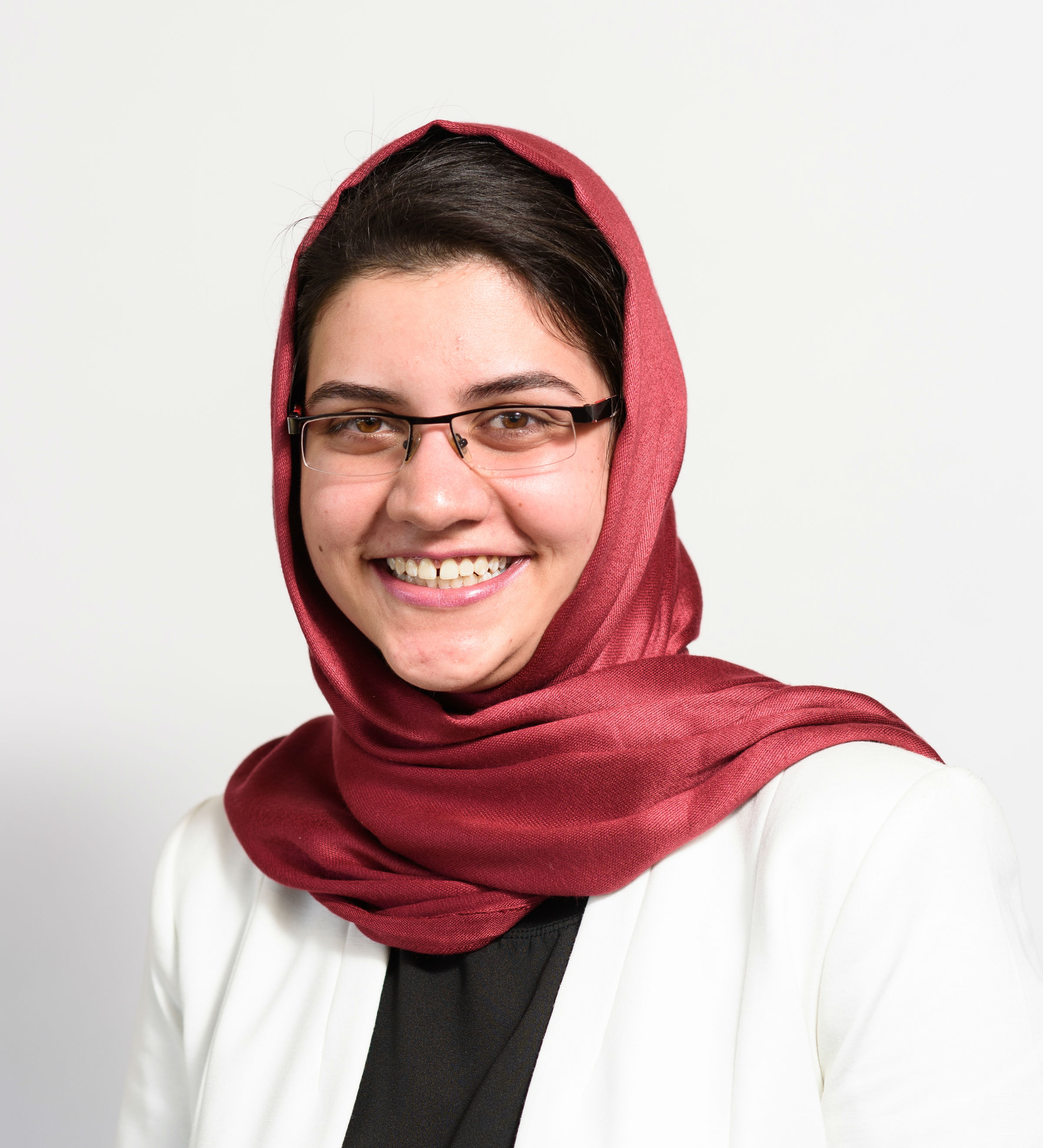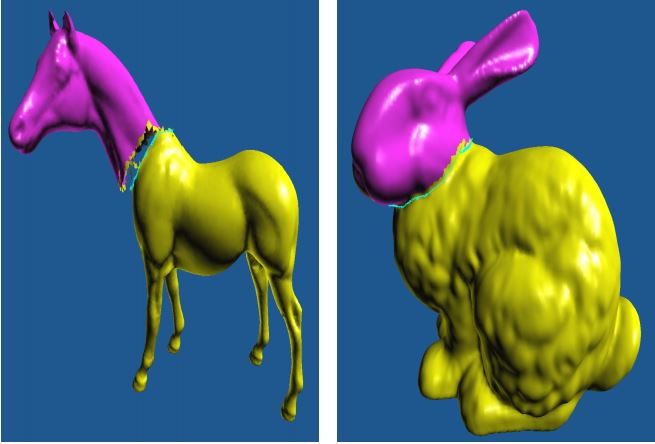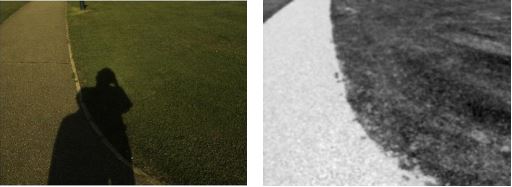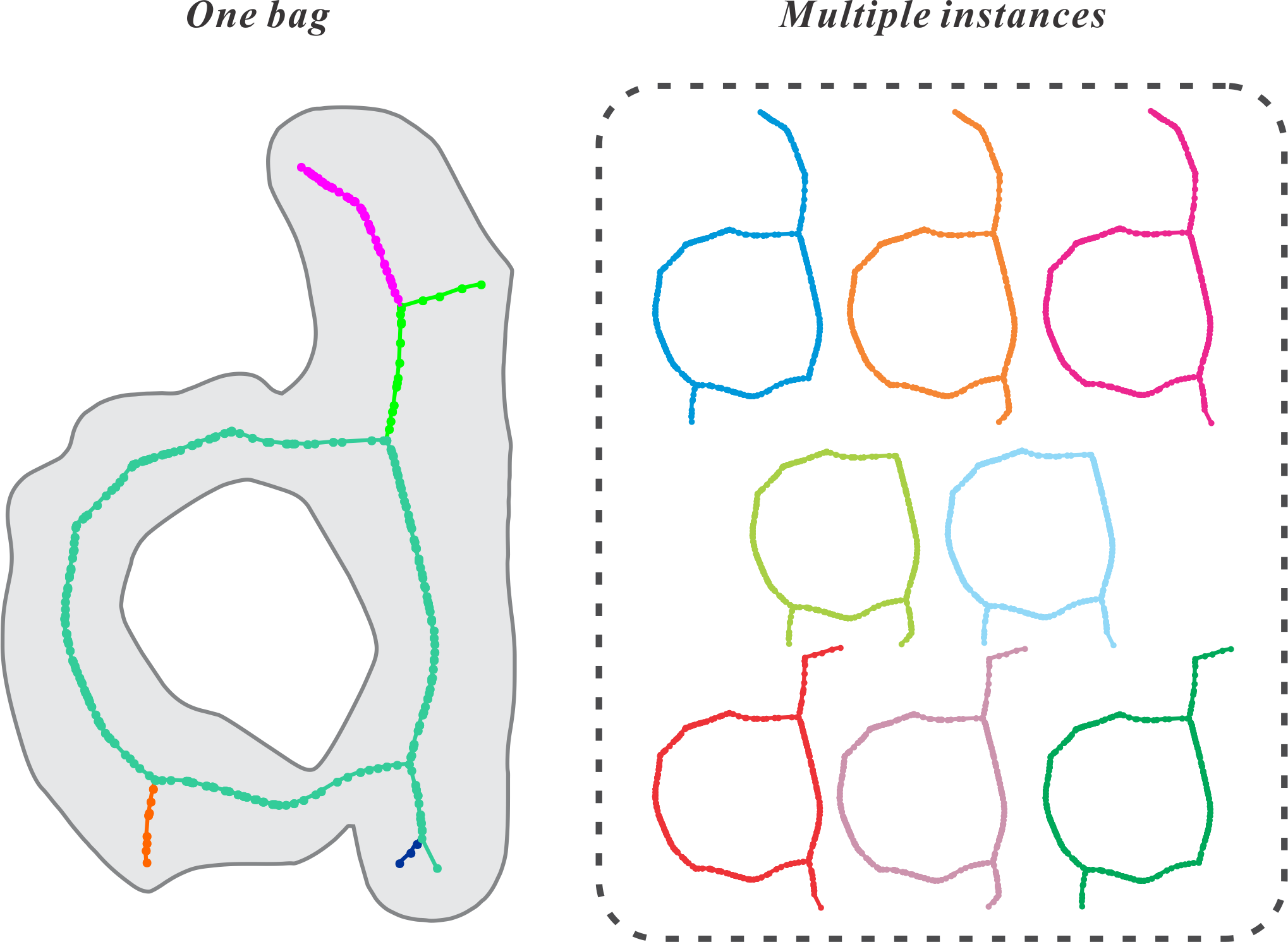Learning 3D Scene Synthesis from Annotated RGB-D Images
My master thesis is focused on developing a data-driven method for synthesizing 3D indoor scenes by inserting objects progressively into an initial, possibly, empty scene. Instead of relying on few hundreds of hand-crafted 3D scenes, we take advantage of existing large-scale annotated RGB-D datasets, in particular, the SUN RGB-D database consisting of 10,000+ depth images of real scenes, to form the prior knowledge for our synthesis task.
Related Publication
Zeinab Sadeghipour Kermani, Zicheng Liao, Ping Tan, and Hao Zhang, "Learning 3D Scene Synthesis from Annotated RGB-D Images", Computer Graphics Forum (Special Issue of SGP), Vol. 35, No. 5, to appear, 2016. [PDF] [bibtex]



